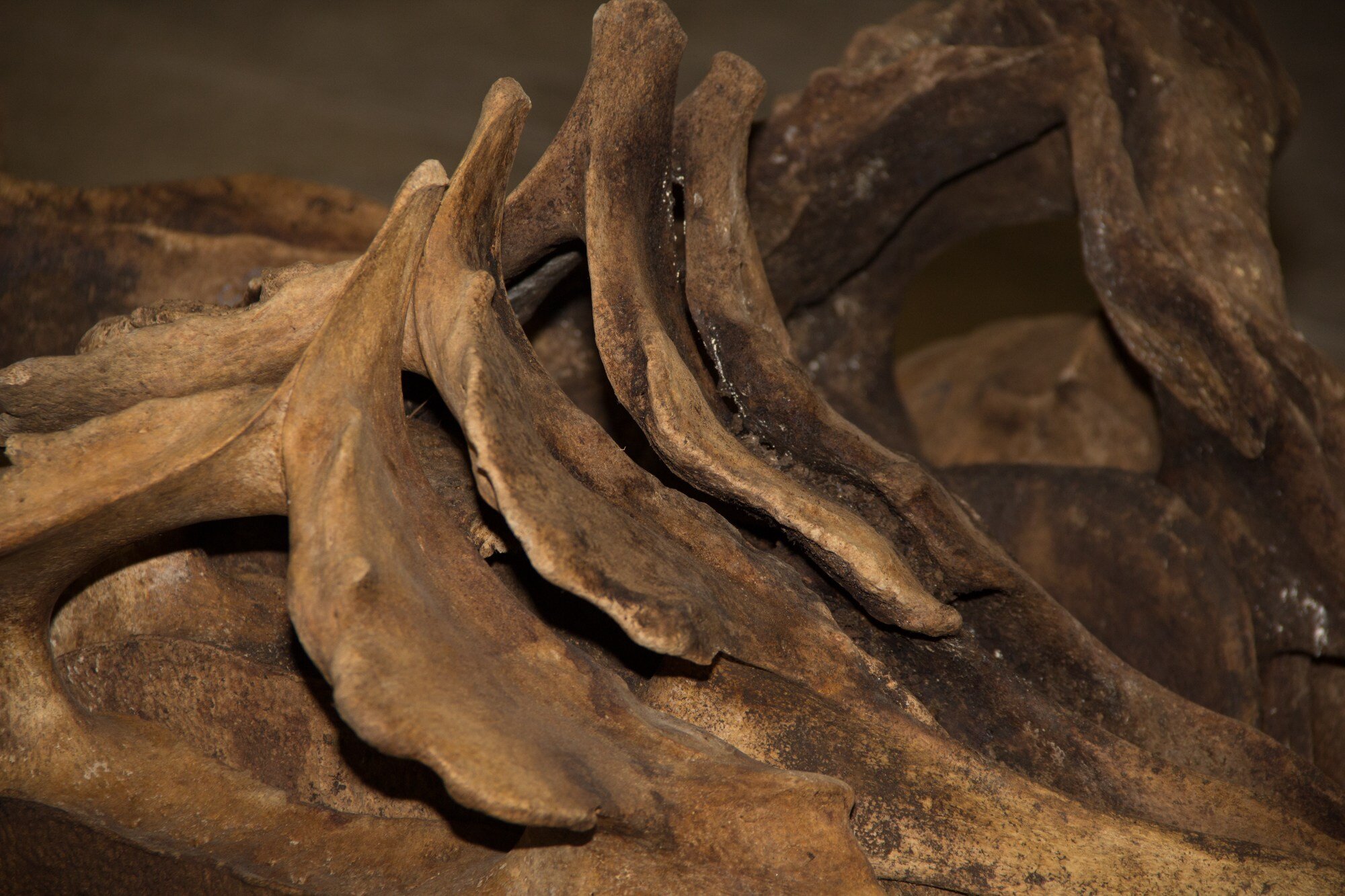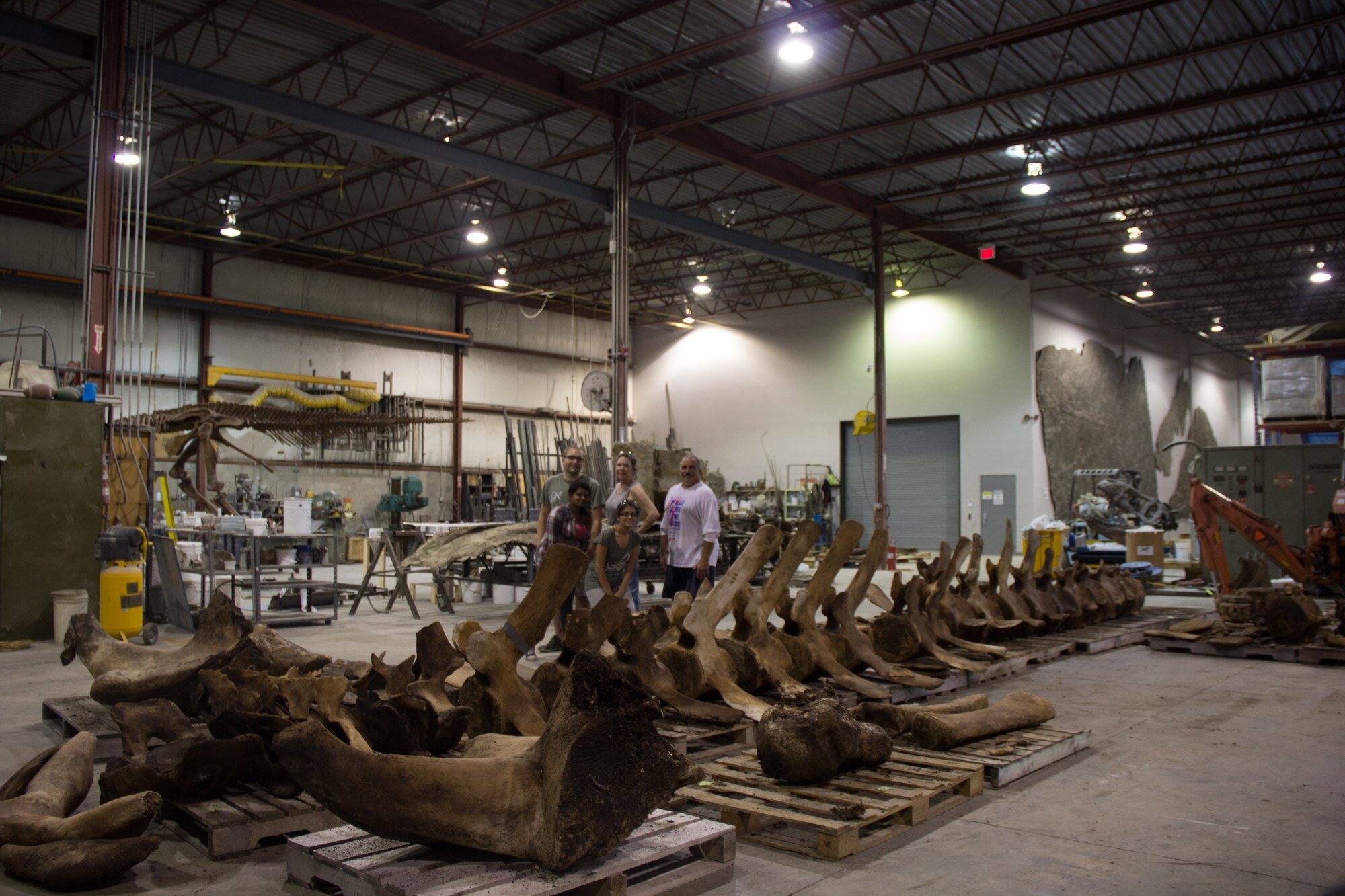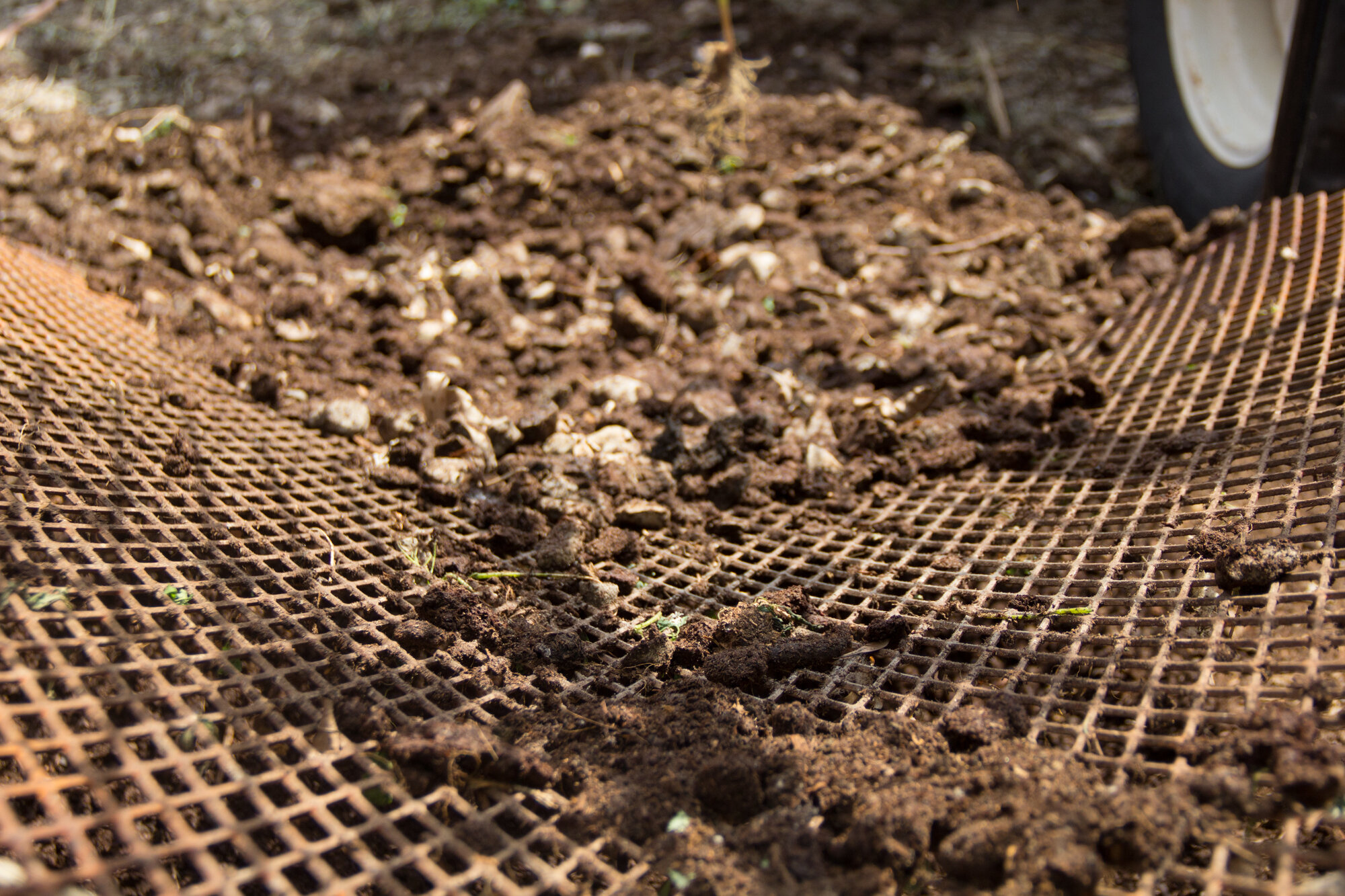
The Blue Whale Story
On assignment with the Royal Ontario Museum

In March 2014, several blue whales drowned in the Gulf of St. Lawrence, two of which washed ashore in Newfoundland, Canada. This death was significant. The blue whale is an endangered species with roughly 20,000 individuals remaining worldwide.
The Royal Ontario Museum (ROM) stepped up to salvage the two whales that washed ashore and turn their tragic death into an opportunity for science and education. After ROM scientists had an opportunity to obtain samples and collect data, the whales were taken apart and shipped to Research Casting International (RCI) in Trenton, Ontario, where the bones would be cleaned and prepared for display at the ROM. In Trenton, the whales were buried in compost and stored in trailers for two years to help degrade all living tissue.
In June 2016, I travelled to RCI in Trenton, Ontario on assignment with the Royal Ontario Museum to document the next steps of the journey for these blue whales: cleaning, collecting data and ID-ing the bones, and prepping them for display.

On our lunch break one day, we found a turtle crossing the path of the forklifts heading towards the lake. We moved the turtle to the other side, closer to the lake, to prevent it from being injured.
The blue whale was put on display at the Royal Ontario Museum in spring of 2017. The exhibit took visitors through the blue whale’s entire journey, from beginning to end.
In my opinion, the most important takeaway from this experience was the fact that we now, for the first time ever, have the complete genome of the blue whale and are able to start understanding its genetic makeup. This, with all of the other data that the scientists were able to obtain, will result in much needed scientific research allowing us to be more knowledgable on how to protect and conserve this magnificent species.
In spring of 2017, I had the opportunity to visit the ROM and check out the exhibit. I was taken back by how large the whale was! Even though I physically held these bones, photographed and cleaned them, and was able to see and experience the size of this gentle giant first hand, viewing the final display put together was still such an awe-inspiring moment. I am forever grateful to have been apart of such an amazing and important moment for not only the ROM and science, but also hopefully for the future of this species.















